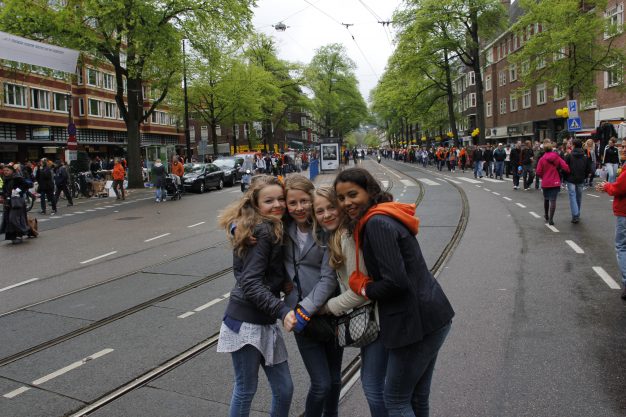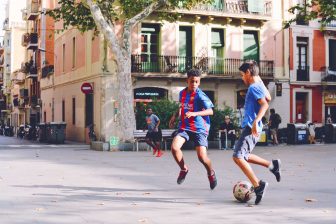
Bringing cities alive for children
The big UK-based planning and design consultants, Arup held a specialist workshop on 15 February on the theme of child-friendly cities. Adrian Voce reports.
An invited group of around 50 professionals including planners, architects, landscape architects and urban geographers, as well as researchers and practitioners in children’s play and mobility, met at the company’s central London office to consider the barriers to child-friendly city design, outline its key features and identify solutions to advance the child-friendly and play agenda in the urban environment. A report from the workshop will inform a new publication in Arup’s Cities Alive series of guides on different aspects of planning and urban design.
The group heard from Tim Gill, author of No Fear: growing up in a risk averse society, who reminded us that, within the last year, the proportion of the global child population living in cities topped 50 per cent for the first time in history, and will only increase.
Gill went on to reflect on the two different existing programmes in this area: UNICEF’s Child Friendly Cities initiative and Roger Hart’s Child-Friendly Places programme, pointing out that they each take a similar rights-based approach. He noted that the UNICEF programme, which included a City Governance checklist for assessing child-friendliness, had not been as successful as hoped, because, said the agency, while ‘Government commitment and municipal leadership in the process was a necessary ingredient for success’, it was ‘difficult to convince government officials to come together’ on the programme.
Barriers and chalenges
Elsewhere in the workshop, participants where asked to identify key barriers and key challenges to the aims of creating child-friendly cities. Risk aversion, poor understandings about play and participation, and the dominance of a discourse about childhood that privileges children’s future life chances over the quality of their lives now – a concept that mitigates against their true engagement as urban citizens – all emerged as key themes.
Case studies considered included Rotterdam’s child-friendly city programme, London’s new deal for communities in EC1, and the USA’s Playful City initiative. Bristol’s Playing Out project, and many others. Participants were invited to identify what it was they liked about their preferred case studies, and what, therefore, were the key features of child friendly cities.
Many identified dealing with traffic, providing more green space and the re-imagination of the typical streetscape as the most major practical challenges, but also, in terms of process, many felt there is a need to embrace approaches to engaging children and young people in an emergent, learning process; and an ambition to develop a model for co-creation, recognising and supporting children’s stake in the cities where they live and thus embracing them as urban citizens in their own right, rather than merely citizens of the future.
Adrian Voce
Photo: Miguel Vicente Martínez Juan
Arup‘s Cities Alive publication on designing child-friendly cities is scheduled for publication in July 2017.




